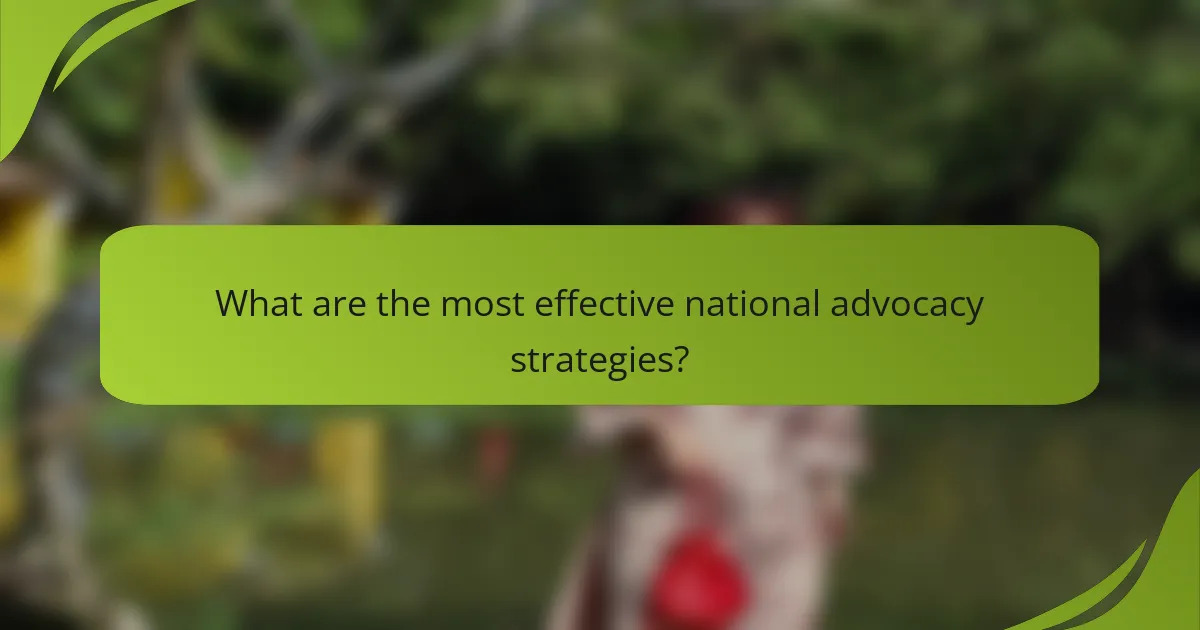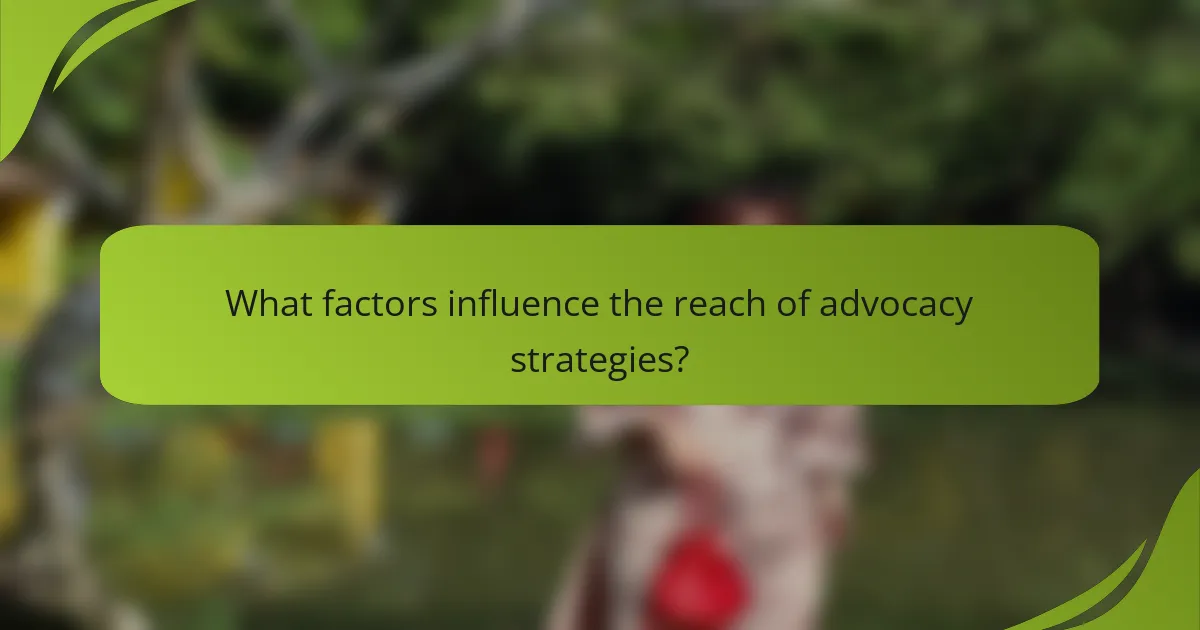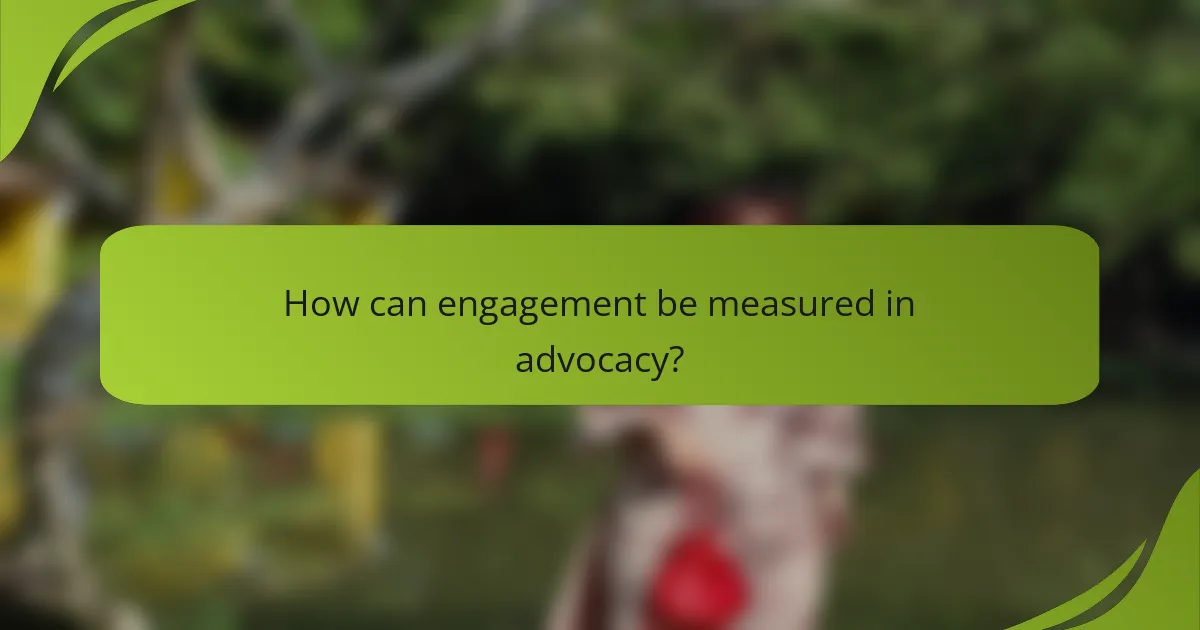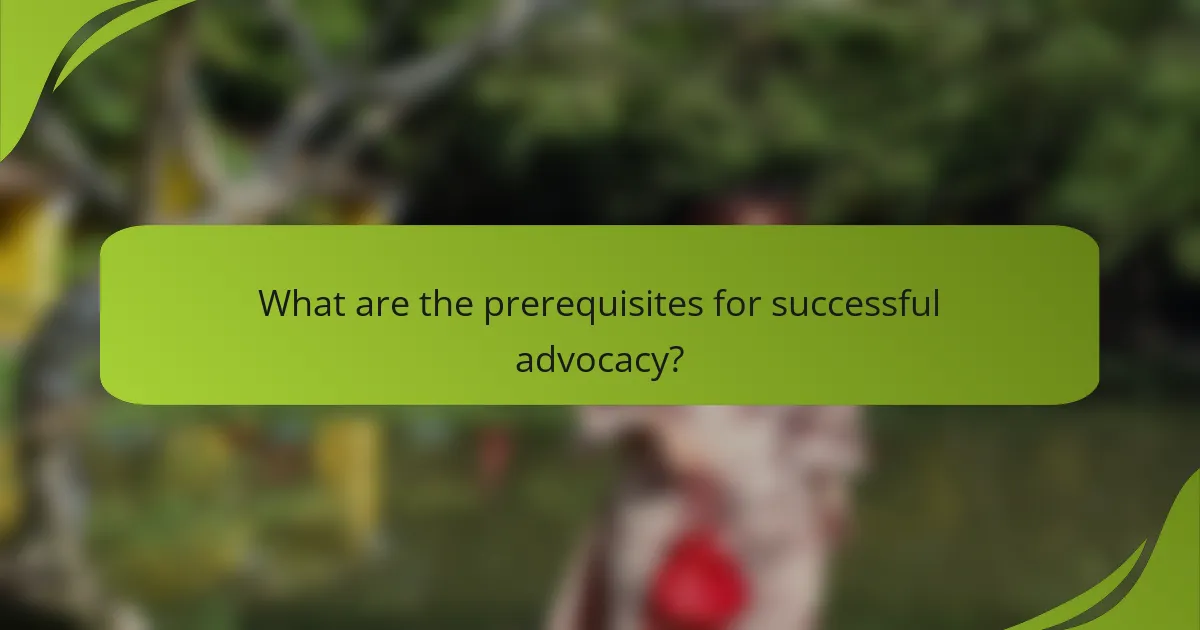National and local advocacy strategies each play a crucial role in influencing policy and engaging communities. While national efforts leverage broad coalitions and digital platforms for extensive reach, local strategies often resonate more deeply by addressing specific community issues. Understanding the effectiveness of these approaches can enhance engagement and drive meaningful change.

What are the most effective national advocacy strategies?
Effective national advocacy strategies focus on mobilizing large groups, leveraging digital platforms, and building coalitions to influence policy. These methods enhance reach and engagement, allowing advocates to connect with decision-makers and the public alike.
Grassroots mobilization
Grassroots mobilization involves rallying community members to advocate for a cause, often through local events and initiatives. This strategy empowers individuals to share their stories, creating a personal connection that resonates with policymakers.
To maximize impact, organizations should provide clear guidance on how to engage, such as organizing town hall meetings or community workshops. Utilizing social media to spread the word can significantly amplify efforts.
Digital campaigns
Digital campaigns leverage online platforms to raise awareness and drive action on advocacy issues. These campaigns can include social media outreach, email petitions, and targeted ads designed to reach specific demographics.
Effective digital campaigns often feature compelling visuals and clear calls to action. Utilizing analytics tools can help organizations track engagement and adjust strategies in real-time for better results.
Coalition building
Coalition building involves forming partnerships with other organizations to strengthen advocacy efforts. By uniting diverse groups, coalitions can pool resources, share expertise, and amplify their collective voice.
When forming a coalition, it’s essential to establish common goals and clear communication channels. Regular meetings and updates help maintain alignment and foster collaboration among members.
Policy lobbying
Policy lobbying is the direct engagement with lawmakers to influence legislation and regulations. This strategy often involves presenting research, data, and personal testimonies to support a specific policy change.
Successful lobbying requires understanding the political landscape and identifying key decision-makers. Building relationships with legislators can enhance credibility and increase the likelihood of favorable outcomes.
Media engagement
Media engagement is crucial for raising public awareness and shaping narratives around advocacy issues. This can include press releases, op-eds, and interviews that highlight the importance of the cause.
To effectively engage the media, advocates should develop strong relationships with journalists and provide them with timely, relevant information. Crafting compelling stories that resonate with the audience can lead to increased coverage and support.

How do local advocacy strategies differ in effectiveness?
Local advocacy strategies often prove more effective than national ones due to their tailored approach, which resonates better with community members. By focusing on specific local issues and engaging directly with residents, these strategies can foster deeper connections and spur higher levels of participation.
Community engagement
Community engagement is crucial for local advocacy, as it builds trust and encourages participation. Engaging residents through town hall meetings, local events, or social media platforms allows advocates to gather input and foster a sense of ownership over issues. This direct involvement often leads to more passionate support and action.
Effective community engagement strategies include forming partnerships with local organizations, utilizing volunteers, and creating feedback loops to ensure residents feel heard. Advocates should aim to reach a diverse audience to reflect the community’s demographics and interests.
Localized messaging
Localized messaging tailors the advocacy message to resonate with specific community values and concerns. This approach can significantly enhance the effectiveness of campaigns, as messages that reflect local culture and priorities are more likely to engage residents. For instance, using local dialects, references, and examples can make the advocacy efforts feel more relevant.
When crafting localized messages, advocates should consider the unique challenges and opportunities within the community. Highlighting local success stories or addressing specific local issues can create a stronger emotional connection with the audience.
Direct outreach
Direct outreach involves personal interaction with community members to promote advocacy goals. This can include door-to-door canvassing, phone banking, or hosting community forums. Such methods allow advocates to explain their cause in detail and answer questions, fostering a more personal connection.
To maximize the impact of direct outreach, advocates should focus on building relationships rather than just delivering information. Training volunteers to engage effectively and providing them with clear talking points can enhance the outreach efforts. Additionally, tracking engagement metrics can help refine strategies for future initiatives.

What factors influence the reach of advocacy strategies?
The reach of advocacy strategies is influenced by various factors, including the target audience’s demographics, geographic focus, and the messaging channels used. Understanding these elements can help organizations tailor their approaches for maximum impact.
Target audience demographics
Demographics such as age, gender, income level, and education significantly affect how advocacy messages are received. For instance, younger audiences may engage more through social media, while older demographics might prefer traditional media. Tailoring messages to resonate with specific demographic groups can enhance engagement and effectiveness.
Consider conducting surveys or utilizing existing data to identify the demographics of your target audience. This information can guide the development of relevant content and the selection of appropriate outreach methods.
Geographic focus
The geographic focus of advocacy strategies determines the local issues that resonate with the audience. National campaigns may overlook specific regional concerns, while local advocacy can address community-specific needs. For example, environmental advocacy in coastal areas may emphasize marine conservation, while urban areas might focus on air quality.
When planning advocacy efforts, assess the unique characteristics of the geographic area, including cultural factors and local regulations. This understanding will help in crafting messages that are both relevant and impactful.
Messaging channels
The choice of messaging channels is crucial for maximizing the reach of advocacy strategies. Channels can include social media, email newsletters, community events, and traditional media outlets. Each channel has its strengths; for example, social media allows for rapid dissemination and interaction, while community events foster personal connections.
Evaluate the effectiveness of different channels by analyzing past campaigns and audience preferences. A mixed approach that combines multiple channels often yields the best results, ensuring that messages reach diverse segments of the audience.

How can engagement be measured in advocacy?
Engagement in advocacy can be measured through various metrics that reflect participation and interaction levels. Key indicators include social media metrics, event attendance, and survey feedback, each providing insights into the effectiveness of advocacy efforts.
Social media metrics
Social media metrics are crucial for gauging engagement in advocacy campaigns. Key indicators include likes, shares, comments, and overall reach, which can reveal how well messages resonate with audiences. For example, a campaign with thousands of shares may indicate strong support and visibility.
To effectively track social media engagement, use analytics tools provided by platforms like Facebook, Twitter, and Instagram. These tools can help identify trends, peak engagement times, and audience demographics, enabling more targeted advocacy strategies.
Event attendance
Event attendance serves as a direct measure of engagement in advocacy efforts. High turnout at rallies, workshops, or informational sessions often signifies strong community interest and support. Tracking attendance numbers can help assess the effectiveness of outreach strategies.
Consider using registration systems or ticketing platforms to gather data on attendees. This information can be analyzed to understand who is engaging with your advocacy efforts and to improve future events, ensuring they meet the needs of your audience.
Survey feedback
Survey feedback is an effective way to measure engagement and gather insights from participants. Surveys can assess participants’ opinions, motivations, and levels of awareness regarding advocacy issues. A well-designed survey can yield valuable qualitative and quantitative data.
To maximize response rates, keep surveys concise and relevant. Offering incentives, such as entry into a prize draw, can encourage participation. Analyzing survey results can help refine advocacy strategies and better address community concerns.

What are the prerequisites for successful advocacy?
Successful advocacy requires a clear understanding of objectives and alignment among stakeholders. These elements ensure that efforts are focused and that all parties involved are working towards a common goal.
Clear objectives
Establishing clear objectives is fundamental for effective advocacy. Objectives should be specific, measurable, achievable, relevant, and time-bound (SMART). For example, rather than aiming to “improve community health,” a clearer objective would be “to increase access to healthcare services for 500 low-income families within the next year.”
When setting objectives, consider the broader impact and the specific changes you wish to achieve. This clarity helps in crafting targeted messages and strategies that resonate with both the audience and decision-makers.
Stakeholder alignment
Stakeholder alignment involves ensuring that all parties involved in the advocacy effort share a common vision and strategy. This includes identifying key stakeholders such as community leaders, organizations, and policymakers who can influence the outcome. Regular communication and collaboration are essential to maintain this alignment.
To foster alignment, consider creating a stakeholder map that outlines each party’s interests and potential contributions. This can help identify areas of synergy and potential conflicts, allowing for a more coordinated approach. Engaging stakeholders early in the process can also enhance commitment and support for the advocacy goals.


